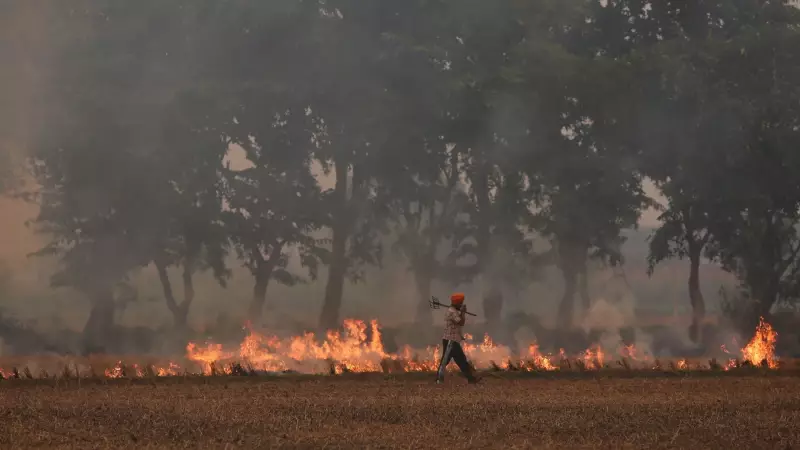
Supreme Court Intervenes as Delhi's Air Turns Hazardous
The Supreme Court of India has taken a firm stance on the deteriorating air quality in the national capital, directly addressing the issue of stubble burning in neighboring states. On Wednesday, November 13, 2025, a bench led by Chief Justice of India B R Gavai and Justice K Vinod Chandran issued a directive to the governments of Punjab and Haryana. The court has ordered them to submit a detailed report outlining the specific measures they are implementing to prevent the burning of crop residue, a major contributor to the toxic smog engulfing Delhi-NCR.
Urgent Pleas and Alarming Revelations in Court
The hearing saw compelling arguments from legal experts highlighting the severity of the situation. Senior Advocate Gopal Sankaranarayanan, representing some of the applicants, informed the court that while Graded Response Action Plan (GRAP) III was officially active, the alarming pollution levels necessitated the implementation of the more stringent GRAP IV. He pointed out a critical enforcement gap, noting that construction activities were still ongoing in many areas despite the Air Quality Index (AQI) soaring past the 450 mark, a level considered hazardous.
Adding to the urgency, Amicus Curiae and senior advocate Aparajita Singh pressed for an expedited and detailed hearing, potentially as soon as Thursday. She warned that the situation was rapidly escalating into a public health emergency. In a startling submission, Singh revealed that farmers in Punjab have allegedly been timing their stubble burning to avoid detection by satellites. She cited a NASA scientist's analysis, supported by data from European and Korean satellites, which suggests that burning is deliberately delayed until after satellites have passed overhead.
"There is a NASA scientist; he says that the crop is burnt after the satellite passes away," Singh told the court. She further referenced news reports indicating that some officials may have even advised farmers on how to evade satellite monitoring. If true, this practice casts serious doubt on the accuracy of official stubble burning data. Singh urged the Commission for Air Quality Management (CAQM) to investigate and respond to these claims, stating, "I am only asking the CAQM to respond… because if this is true, it is alarming, then their count is also not the real count."
What Happens Next?
The Supreme Court has scheduled the next hearing in this critical matter for November 17. The reports from Punjab and Haryana, which the court has mandated, will be scrutinized to assess the effectiveness of their on-ground actions. This judicial push comes at a time when the citizens of Delhi-NCR are grappling with severe respiratory issues and a blanket of pollution, demanding immediate and transparent accountability from the state authorities responsible for controlling the farm fire crisis.





